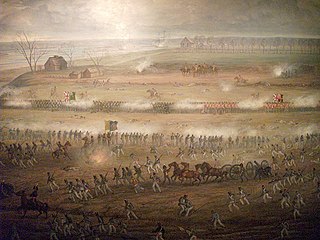
The Battle of Crysler's Farm, also known as the Battle of Crysler's Field, was fought on 11 November 1813, during the War of 1812. A British and Canadian force won a victory over a US force which greatly outnumbered them. The US defeat prompted them to abandon the St. Lawrence Campaign, their major strategic effort in the autumn of 1813.
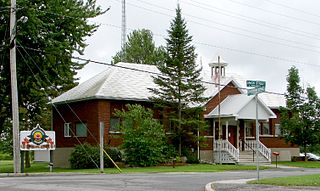
North Stormont is a lower tier township in eastern Ontario, Canada in the United Counties of Stormont, Dundas and Glengarry.
Dundas County is a former county in the province of Ontario, Canada. It was named after Henry Dundas, 1st Viscount Melville, who was the British Home Secretary (1791–1794), with responsibility for the colonies.
Stormont County area 248,608 acres (1,006 km2) is a county in the Canadian province of Ontario.
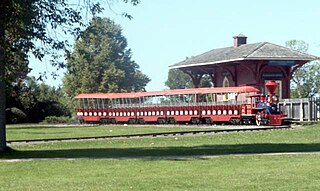
South Dundas is a municipality in eastern Ontario, Canada, in the United Counties of Stormont, Dundas and Glengarry along the north shore of the St. Lawrence River. It is located approximately 100 kilometres south of Ottawa and is midway between Kingston and Montreal, Quebec.

Stormont, Dundas and Glengarry Highlanders is a Primary Reserve infantry regiment of the Canadian Army. It is part of 33 Canadian Brigade Group, 4th Canadian Division and is headquartered in Cornwall, Ontario.
The Long Sault Parkway is a group of eleven islands west of Cornwall in the Canadian province of Ontario, as well as the name of the 10.1-kilometre (6.3 mi) scenic parkway connecting them. The islands, which include two public beaches and three campgrounds, were created by the flooding of the Long Sault rapids during construction of the St. Lawrence Seaway. The parkway, the islands, and their amenities are maintained by the St. Lawrence Parks Commission.

The 154th Battalion, CEF was a unit in the Canadian Expeditionary Force during the First World War. Based in Cornwall, Ontario, the unit began recruiting in late 1915 from the 59th Stormont and Glengarry Regiment and in Stormont, Dundas, and Glengarry Counties. The battalion is perpetuated by the Stormont, Dundas and Glengarry Highlanders.
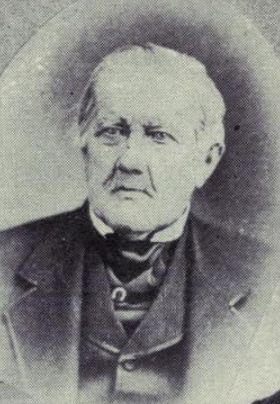
John Pliny Crysler was a timber merchant and political figure in Canada West.
Lt. Col. The Hon. Neil McLean was a judge and political figure in Upper Canada.
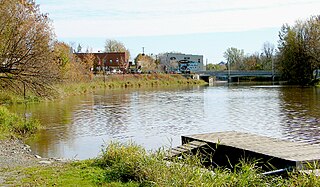
Chesterville is a village in the township of North Dundas, within the United Counties of Stormont, Dundas and Glengarry. It is located north of Morrisburg, west of Cornwall and south-east of Ottawa. The village is situated along the South Nation River.

Morrisburg is an unincorporated community in the Municipality of South Dundas, located in Eastern Ontario, Canada. The population was 2,398 at the 2021 census.
George Greenfield Macdonell was from a prominent family in Upper Canada. He was the first son of Alexander Macdonell of Greenfield, a nephew of John Macdonell of Greenfield and Donald Macdonell of Greenfield, and a great-nephew of Sir Hugh MacDonell of Aberchalder and John McDonell of Aberchalder.
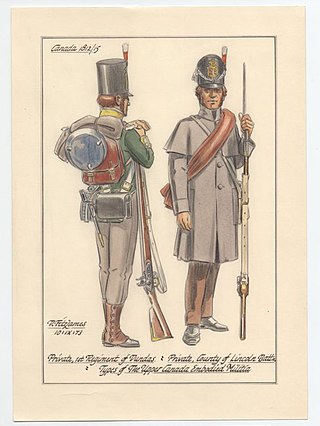
The Dundas County Militia was a regiment of the provincial militia of Upper Canada that was raised in Dundas County, Ontario, in the 1780s. The battle honours and legacy of the Dundas Militia are perpetuated by the Stormont, Dundas and Glengarry Highlanders.
The Battle of French Mills or First Salmon River Raid was a raid and battle fought on November 22, 1812. 100 American soldiers stationed at French Mills led a successful attack against 45 Canadian voyageurs on 22 October at the Battle of St. Regis. Half returned to French Mills while the other half departed for Plattsburgh, New York. In retribution, a mix of Canadian regulars and militia amounting to 150 men attacked the 50 Americans at French Mills forcing their surrender.
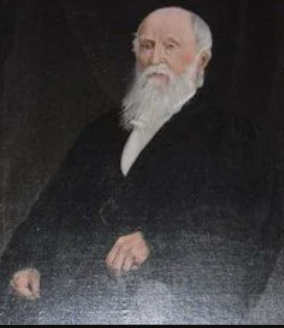
Jacob Farrand Pringle was a Canadian judge, soldier, and politician in Cornwall.
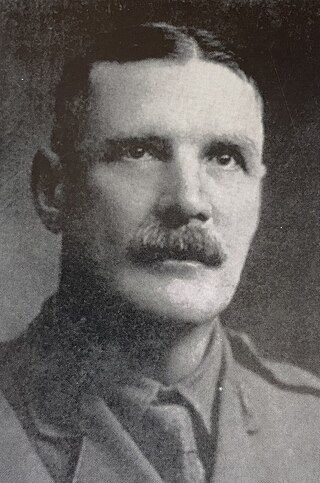
Alexander George Fraser Macdonald was a Canadian soldier and publisher who commanded the 154th Battalion, CEF during the First World War. He was also a good friend of Sir Sam Hughes.
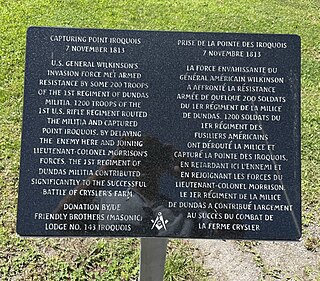
The Battle of Point Iroquois was a small skirmish fought on the morning of November 8, 1813, as part of Wilkinson's advance up the St. Lawrence towards Montreal. The skirmish occurred on the shores of the St. Lawrence River at Point Iroquois, Dundas County, where the river reached its narrowest point, only 500 yards across.
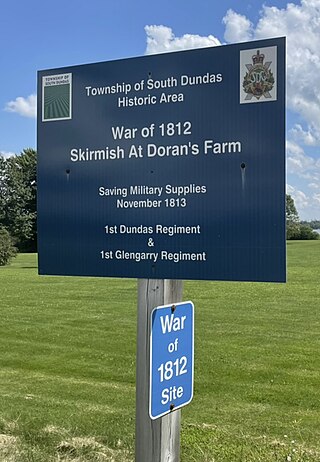
The Skirmish at Doran's Farm was a small skirmish during the War of 1812 fought during Wilkinson's advance up the St. Lawrence.

The Occupation of Cornwall was the capture and occupation of the town of Cornwall following the Battle of Crysler's Farm.













